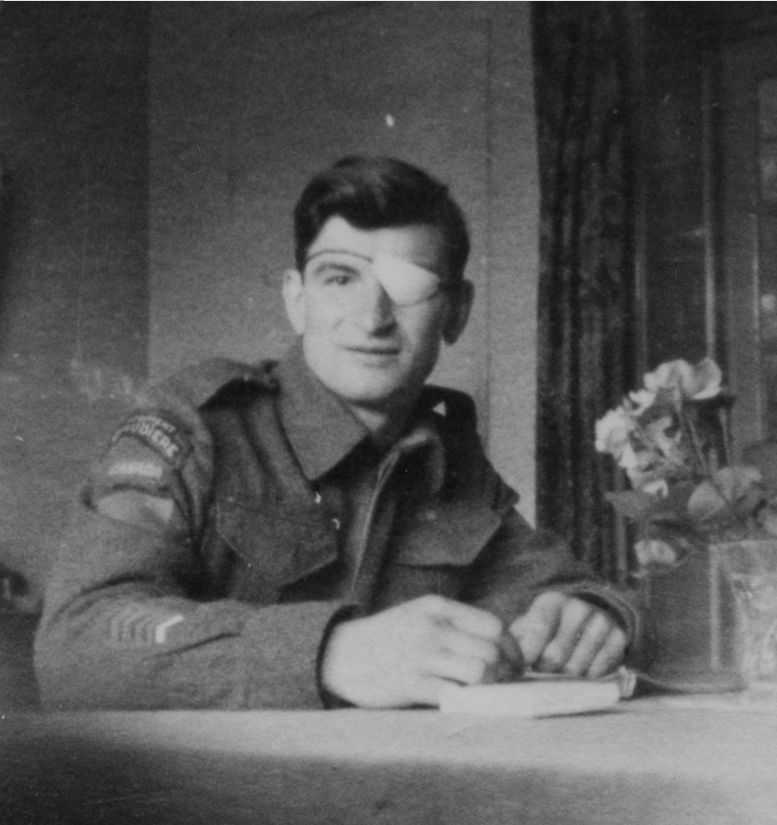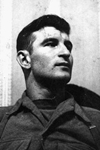Now It Can Be Told! - 'Operation Fido': Beating Airfield Fog
The War Illustrated, Volume 9, No. 210, Page 140, July 6, 1945.
Within about 15 minutes of the light-up order being given, a fog enshrouded airfield can be completely cleared of this greatest natural enemy of the airman. The miracle is performed by "Fido", another astonishing all-British achievement just recently revealed. Pre-war experiments in fog dispersal were inconclusive. Now it is a matter of routine, and from exclusive R.A.F. Use it is passing to civil aviation; a super-installation, the biggest and most up to date so far, is being installed at the new aerodrome at Heath Row, Middlesex.
It is another chapter in the story of the Battle of Oil. In the early days of wartime experiment, when the experts prophesied failure, the code name "Fido" was derived from the initial letters of "Fog Investigation Dispersal Operations". When the apparatus proved a brilliant success, the R.A.F. Retained the code name and fitted it to "Fog Intensive Dispersal Of".
The first success was gained with it on Nov. 4, 1942, when in Hampshire a dense fog of 50 yards' visibility was cleared by petroleum burners in an area about 200 yards square to a height of 80 feet. By Jan. 1943 large-scale runways had been constructed for further experiments. These were on the same scale as actual operational runways and had the advantage of being available for experiments by day and night.
On Nov. 19, 1943, Fido first came into operational use, when four Halifaxes landed successfully after a bombing expedition to the Ruhr, through the surrounding visibility was only 100 yards; ten minutes after Fido had been lit the visibility on the runway increased to the equivalent of from two to four miles. Since that day more than 2,500 Allied aircraft have been safely landed - many of them in dense fog - with their crews of over 10,000 airmen.
Rundstedt's Ardennes offensive at Christmas - the last German major offensive of the war, which was launched at a time fog covered Europe - was halted at a critical period largely by the weight of Allied air attack because bombers were able to take off and land with the assistance of Fido.
The apparatus frequently clears the air to a height of several hundred feet, with the result that the sky and stars are visible over the runway. The glow of burners on an aerodrome has been seen by air crews over the North Sea, and from the Dutch coast.
This installation for dispersing fog dispersing fog in bulk by artificial heating of the air consists of three main portions, (a) burner lines, (b) pumping and distribution, (c) storage, and its crew consists of a sergeant, three corporals, 17 aircraftmen. Pipes through which the petrol is pumped enclose the airfield in a rectangle, and through small holes at intervals in the pipes blazing petrol vapour is forced under great pressure, billowing two feet high. An aerodrome so equipped may use 70,000 gallons of fuel in an hour. So far the total of petrol consumed is 30,000,000 gallons.
Previous and next article from Now It Can Be Told!
Now It Can Be Told! - 'Operation Pluto'
One of the Greatest supply stories of the war was released on May 23, 1945, when the existence of an oil pipeline system across the bed of the Channel to the Continent was revealed. This all-British t
Now It Can Be Told! - War Factory Under Houses of Parliament
When doodle-bugs were falling thick and fast on London, a secret factory beneath the Houses of Parliament - in the vaults made famous by Guy Fawkes - was busy turning out weapons to counteract the fly
Index
Previous article
Montgomery to the Germans
As British representative on the Allied Control Commission (Marshal Zhukov representing Russia; Gen. Eisenhower the U.S.; Gen. de Lattre de Tassigny, France) Field-Marshal Sir Bernard Montgomery,
Next article
Now It Can Be Told! - War Factory Under Houses of Parliament
When doodle-bugs were falling thick and fast on London, a secret factory beneath the Houses of Parliament - in the vaults made famous by Guy Fawkes - was busy turning out weapons to counteract the fly





